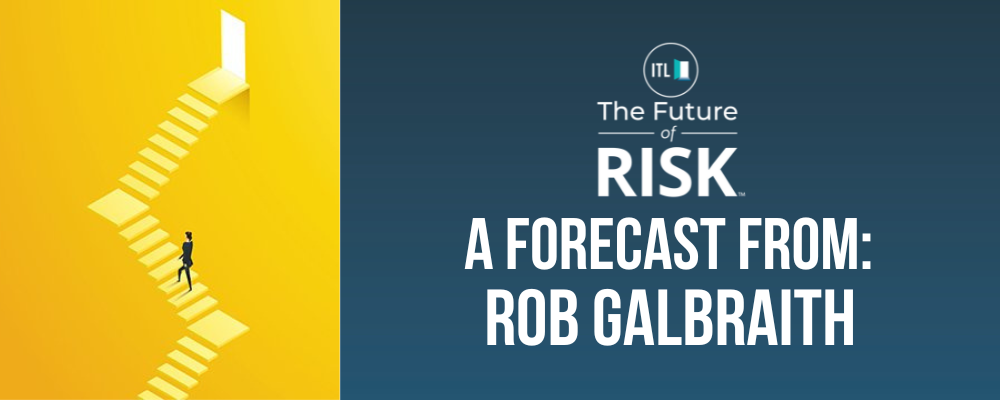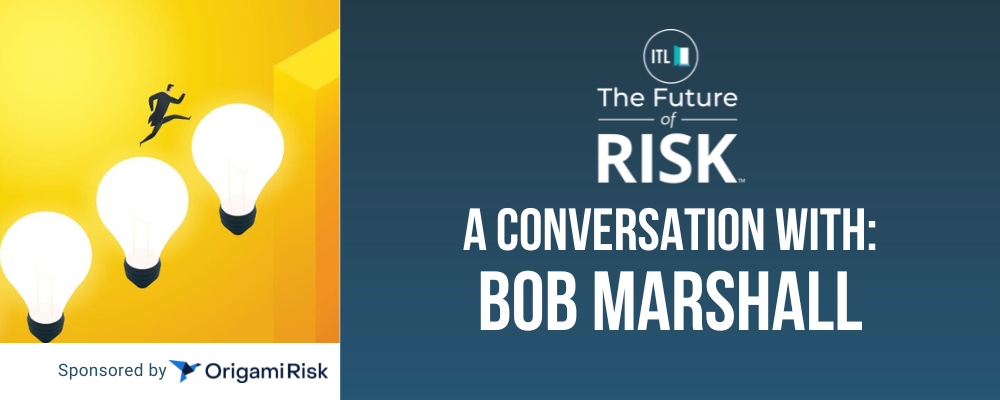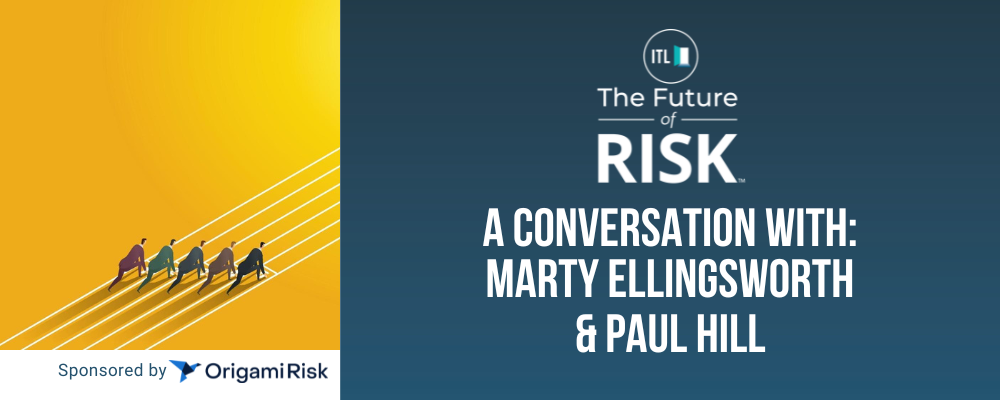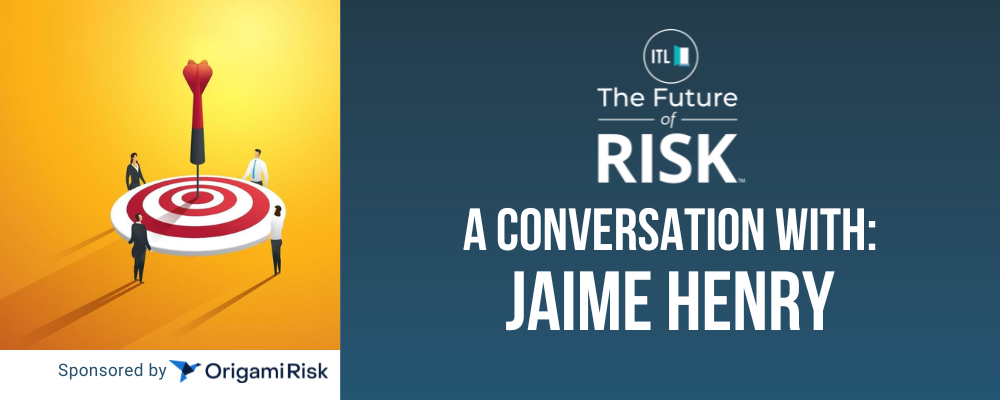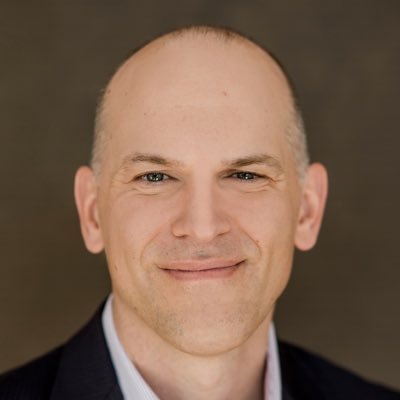 |
Rob Galbraith is the founder and CEO of Forestview Insights, an independent consulting, research and training company focused on helping organizations build a culture of innovation. He is the author of the international bestselling book "The End Of Insurance As We Know It" and a popular keynote speaker who has shared his unique insights at numerous events around the globe. He holds a master's of science in insurance management from Boston University and a bachelor of arts in economics from Michigan State University. He has earned the CPCU, CLU, and ChFC professional designations. |
Insurance Thought Leadership:
It has been almost five years since your book "The End of Insurance as We Know It" was published. What are some of your forecasts that have come true, and are there any that did not come to pass as expected?
Rob Galbraith:
A few months ago, I connected with a startup founder who recently discovered my book, and he exclaimed, “Everything you predicted came true!” I so wish that was the case! My honest assessment would be that the book's core argument remains true – that emerging technologies are coalescing with large amounts of funding and newer, tech-savvy generations to change the insurance industry. I also argued that artificial intelligence would quickly become the most transformational emerging technology, and we see that a lot more clearly today with conversations around generative AI and the ethical applications of AI to remove bias in the industry.
On the flip side, while numerous headlines and a lot of buzz have been generated, the speed and scale of the predicted transformation have been slower to materialize than I anticipated. This has been less due to the challenges of promoting innovation and change with traditional insurance firms – always a big hill to climb - and more due to the relative struggles of outside startups to grab market share against the incumbents and challenge their supremacy. I think there has been more success in specialty and niche segments that were not covered or underserved but less disruption in the core P&C, life and health markets than I originally anticipated. I also foresaw a slower adoption of blockchain, but even with more tempered expectations, I am surprised how little to date blockchain specifically and Web3 more generally have affected the industry. I applaud the steady progress of the RiskStream Collaborative in this area, where many other initiatives have faded.
ITL:
What is an area (or areas) that you believe remains untapped/unfulfilled/overlooked for the promise of innovation in insurance?
Galbraith:
I would categorize investments in innovation based on an insurer’s income statement. Most innovation efforts have focused on increasing revenues through new product offerings and new (digital) sales channels. Another area of significant investment has been reducing expenses and streamlining key processes through systems modernization efforts, automation and low-code/no-code platforms, among others.
What is unique at this moment in time is that companies can simultaneously reduce operational expenses and improve customer experience. Usually, there is a trade-off involved where expenses increase as firms work to improve customer service.
I see a lot of underinvestment in the claims space. Outside of implementing new fraud detection solutions, most firms have shied away from large investments to help better manage loss payouts and reduce loss adjustment expenses. I also think more investment is needed in risk prevention efforts – these tend to have a longer tail to see meaningful benefits in the form of reduced losses, and the ROI is highly uncertain with longer payback periods, so these projects lose out to other efforts with a more concrete return. I also think billing and ancillary functions such as regulatory compliance, premium audit and subrogation haven’t received enough attention.
ITL:
What do you see as the biggest obstacles to insurance innovation, and how would you recommend overcoming them?
Galbraith:
My first takeaway is that innovation is a discipline, not a side show—it should be seen as equal to more established disciplines such as claims, underwriting, actuarial science, IT, HR, etc. The key difference is that it’s a much younger discipline that most firms have focused on for less than two decades, so best practices have yet to be evaluated, well-documented and widely disseminated. Professional designations and continuing education requirements exist for agents, brokers, claims personnel, underwriters, actuaries, IT, HR, etc. These serve as ways to establish a community of practice, and when professionals move from one company to the next, the best practices of that discipline remain in place to guide people. This is not true yet for innovation—each organization approaches the topic quite differently. I help companies assess their innovation efforts and conduct training and workshops to make them more effective based on my past successes and failures.
My second takeaway is that three forces drive innovation: top-down, bottom-up and outside the organization. Top-down efforts, by definition, have senior-level support, but if they aren’t effectively tied to a strategic road map that makes sense, they won’t last beyond the leader who initiates them. Bottom-up efforts are plentiful but must fight hard for attention and resources, are often scattered and incompatible, and usually result in incremental innovation with marginal benefits. Outside forces (technology, the economy, shifts in the market, regulators, etc.) can force companies to respond through innovation, but the resistance to change is high. Reactive innovation efforts struggle to find internal champions and gain enough traction to propel them over the finish line, and the benefits are muted because other competitors have also adapted. Ideally, organizations rely on a blend of “changemakers” incorporating all three forces to have a balanced approach and allow for building a culture of innovation where change is expected and embraced.
ITL:
This year’s launch of Chat GPT has captured the imagination for the potential applications of AI to various businesses, as well as thousands of actual applications. How would you grade insurance efforts to leverage AI?
Galbraith:
On a scale of 1 to 10, I rate insurance efforts at a 4, which may be generous. The challenge isn’t the lack of adoption but rather the speed of adoption. AI is a critical cornerstone technology full of possibilities and challenges, and this year has proven that it continues to evolve rapidly. Traditional insurance organizations generally wait to deploy technologies once they have become stable and proven, but delaying efforts to incorporate AI in a wide range of use cases will create a competitive disadvantage.
Today’s biggest challenge is the hard insurance market, and while there is a confluence of forces that have led to current conditions -- including inflationary pressures, rising interest rates and climate change – clear solutions aren’t as obvious. Raising rates, restricting risk appetites and reducing expenses are insufficient on their own. To achieve profitability, risk selection is paramount – and the only way to improve on current methods is to acquire new, highly granular data. Whether this data comes from IoT-enabled sensors or unstructured sources such as handwritten notes, images or video, artificial intelligence is essential to find meaningful patterns in these rich and previously underused data sets and guide our actions. We have seen the power that AI has in Big Tech and need to accelerate our efforts as an industry to harness its full potential.
ITL:
You recently presented a webinar with The Institutes on insurtech. What are some of the lessons you hope attendees will take away from the course and bring back to their organizations?
Galbraith:
There are three core lessons that I hope attendees leave with. First, we live in an amazing time characterized by rapid technological change. I use an acronym to describe what I call the SCALED emerging technologies of today: Sensors, Cloud, AI, Localized knowledge, Efficiencies and experiences, and Digital distribution and communication. We typically learn about each of these technologies in isolation, but it’s important to see the bigger picture and understand how they support each other, how they interact and the amazing new capabilities and possibilities they unlock.
The second lesson is the importance of seeing innovation as a discipline, as I previously mentioned. Organizations establish and adopt best practices such that when professionals move from one firm to another, the essence of the function is the same, and each has a different “flavor” that makes up its “secret sauce.” By contrast, innovation is an immature discipline that has only been rigorously practiced within insurance organizations for a decade or two. Each firm varies widely in how they approach innovation, yet this discipline is critical for translating the SCALED emerging technologies and applying them in the best contexts for insurance organizations to gain a competitive advantage and better serve customer needs that are being shaped by leaders outside of insurance such as Apple and Amazon.
The third lesson is that innovation isn’t just the domain of a small group of specialists but your entire organization. As the saying goes, “None of us is as smart as all of us.” Innovation is about novel ways of doing business, not merely incorporating a new piece of technology to do business the same way as before. Title and rank matter for access to resources, but there is no monopoly on good ideas. Other necessary ingredients are cognitive diversity to avoid groupthink and psychological safety to speak your mind without fear of repercussion. Failure should not just be accepted but encouraged. Innovation is ultimately about experimentation – learning what works and what doesn’t when there are no clear answers because no one can see the future perfectly. To succeed in the long run, you must build a culture of innovation that goes beyond individual leaders or projects and is ingrained within your organization.
ITL:
The Institutes is leading conversations on Predict & Prevent, the idea of using technology to predict potential losses and prevent them before they can become a claim. What are your thoughts on this shift in how insurance can serve its customers?
Galbraith:
One of the most common questions I receive from industry professionals is, “when is risk prevention going to become a reality?” There was a lot of hype in the mid-2010s about self-driving cars and IoT devices and shifting from a risk recovery to a risk prevention business model for insurance organizations, yet the reality is we have yet to move the needle much. I am optimistic that we can achieve this vision in the long run, and I love that The Institutes is taking a leading role in helping shape this paradigm. It’s a major undertaking, not just from a technological standpoint, but reinventing entire processes and business models that are hard-wired into our industry. In situations like this, I remind myself of the 10/10 Rule: it takes 10 years for emerging technologies to go from conceptual to useful and another 10 years to reach mass adoption.
Think of the social, psychological and economic benefits of loss prevention: it is extremely powerful and a vastly superior alternative to the reactive approach that has characterized insurance since its inception centuries ago. In collaboration with partners, loss prevention is a focus of our industry today in many contexts, such as seat belts, worker safety, building codes, etc. With emerging technologies and innovative approaches, the insurance industry can go far beyond our current capabilities and, ideally, be seen more as true collaborative partners that help people and organizations rather than a source of friction.
ITL:
Thank you, Rob. Are there any other issues or topics that you think we should be paying attention to?
Galbraith:
I’m curious where people assess the state of insurtech in the context of the Gartner “hype cycle” today. With the current hard market challenging profitability across the board for insurance organizations and the challenges that many startups have faced, are innovation efforts moving to the back burner? Are we currently in the “trough of disillusionment” today, and what does the slow adoption and acceptance phase look like? Will a startup competitor like Lemonade or Hippo truly challenge the incumbents and shake up the top 10 in our industry? Some have argued we have not seen this confluence of events – inflation, global instability, high interest rates, large losses – in 40 years or more in the insurance industry. Can innovation lead us back to profitability? Or will market conditions and challenges with availability and affordability persist?


